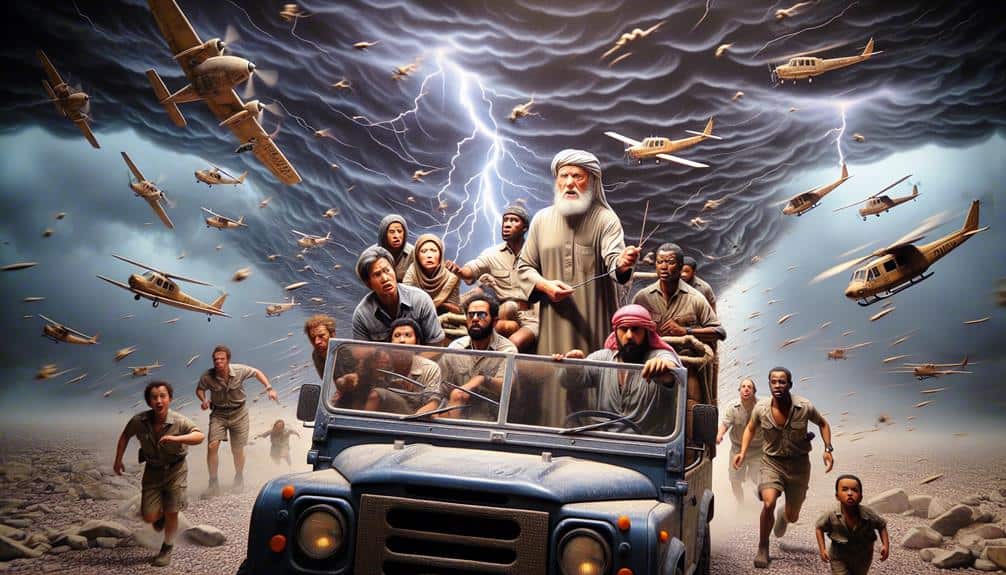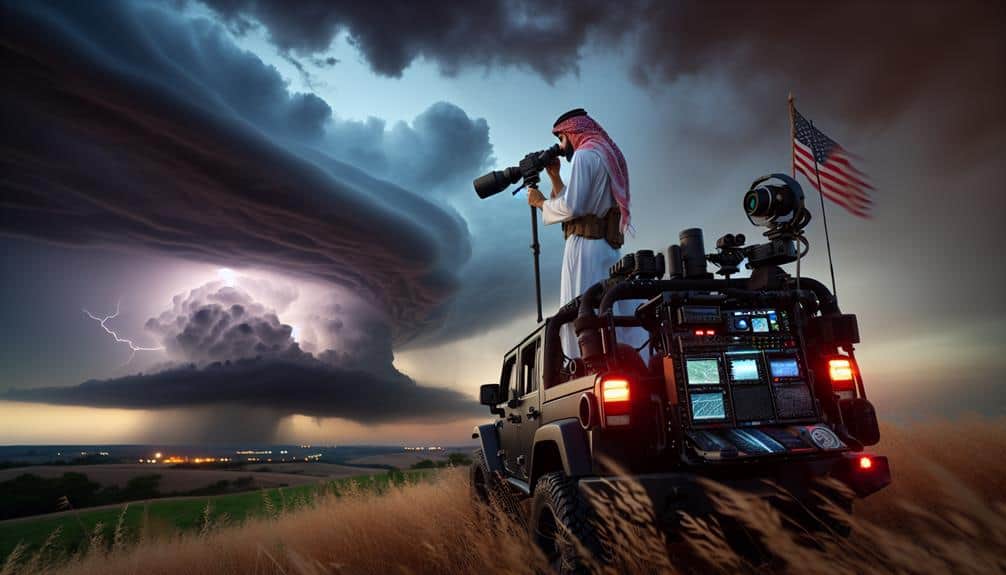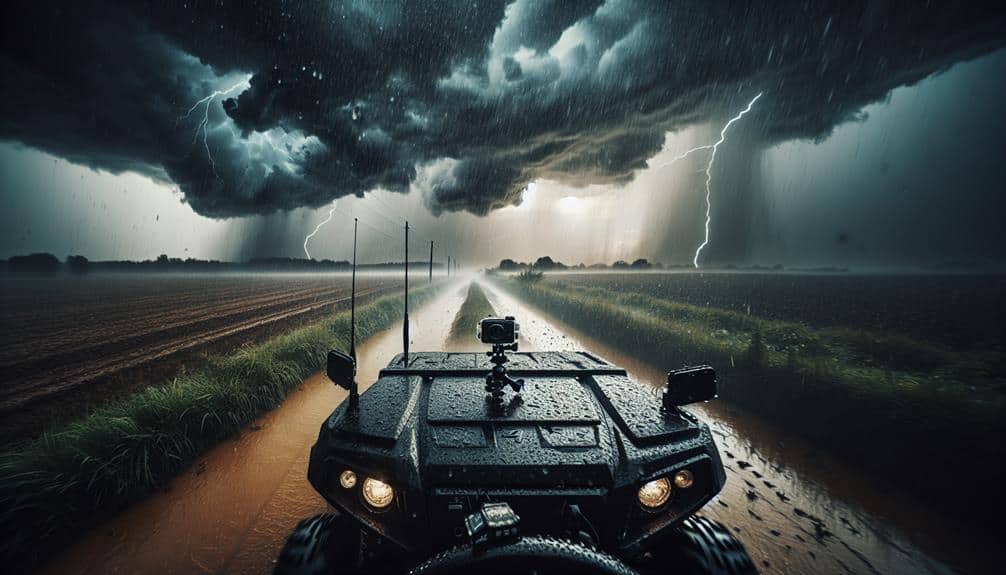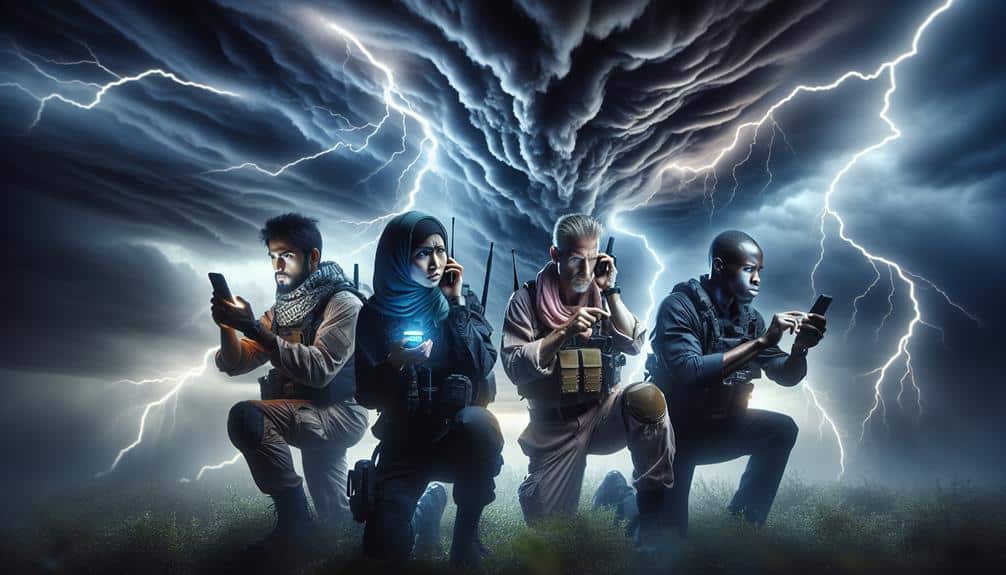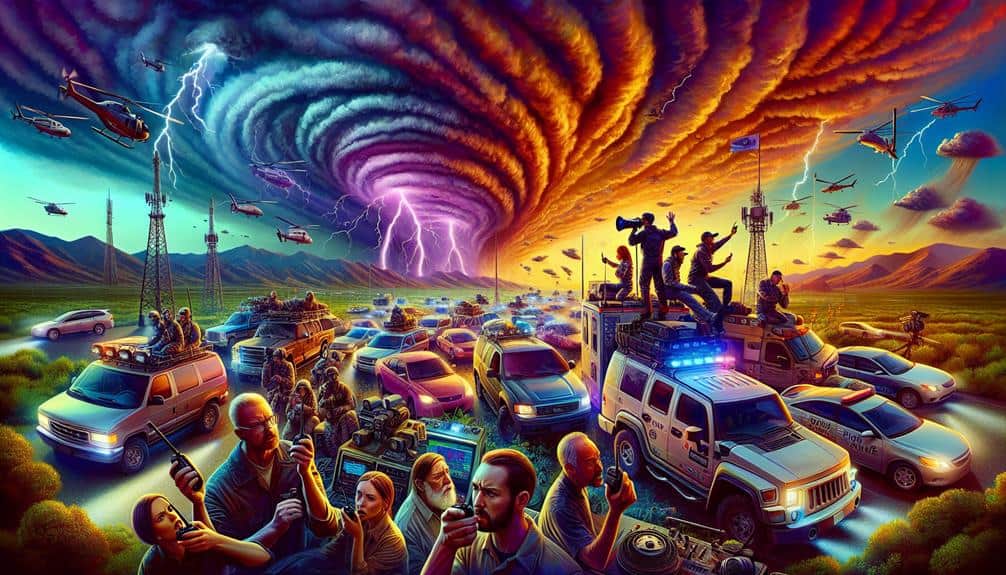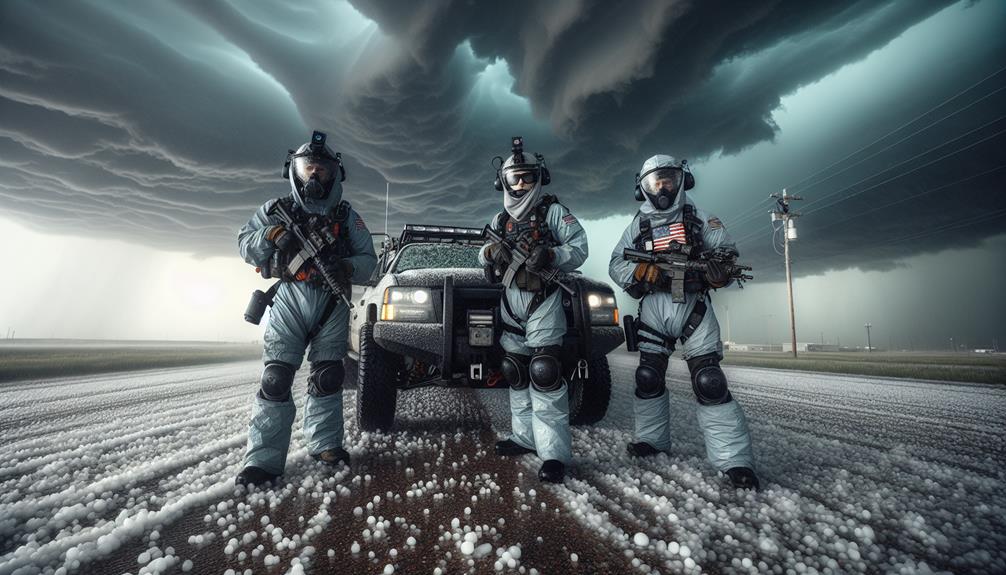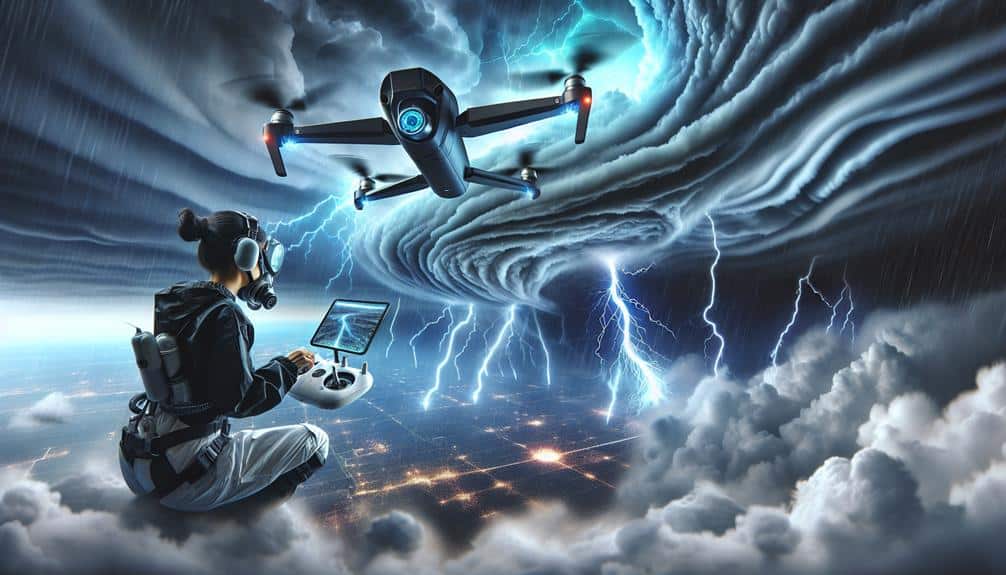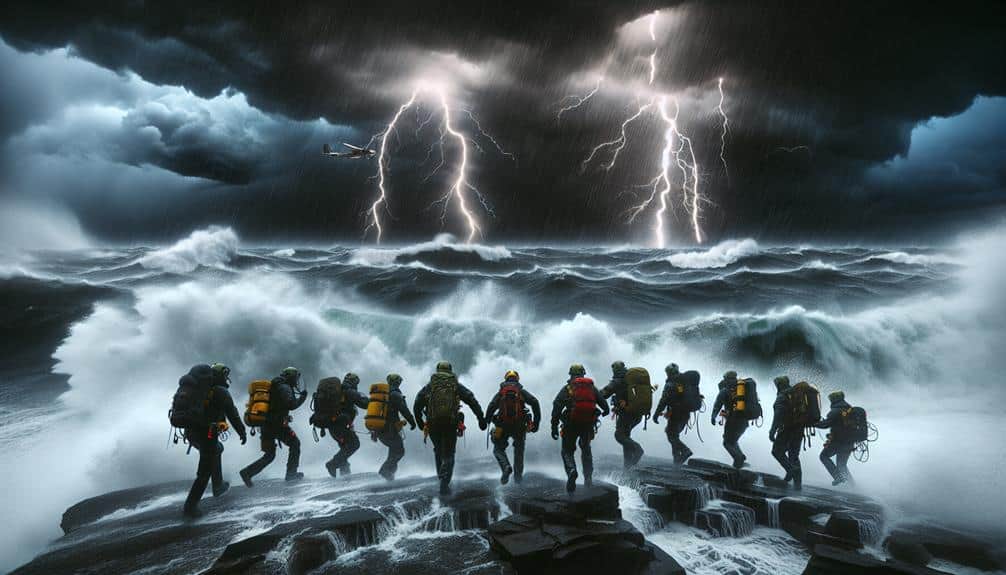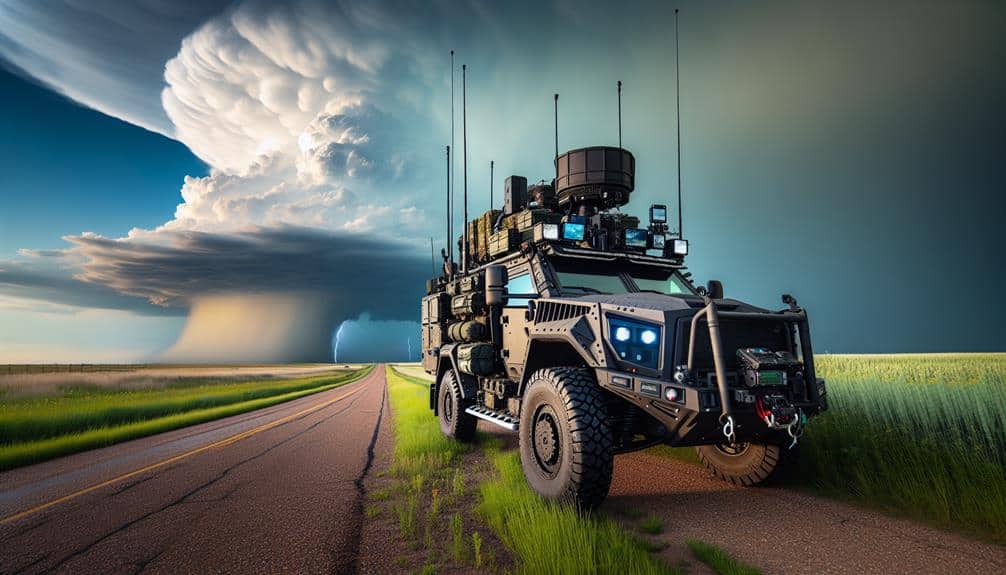Why Is Proper Training Crucial for Novice Storm Chasers?
Proper training is vital for novice storm chasers because it ensures our comprehension of storm dynamics, like wind shear and lightning patterns, essential for predicting severe weather. Handling necessary equipment, such as regularly calibrated anemometers and Doppler radar systems, guarantees accurate data collection. We need to master radar interpretation and establish escape routes for safe […]
Why Is Proper Training Crucial for Novice Storm Chasers? Read More »
